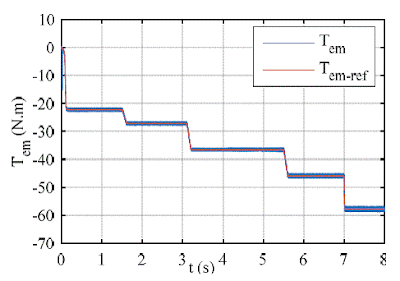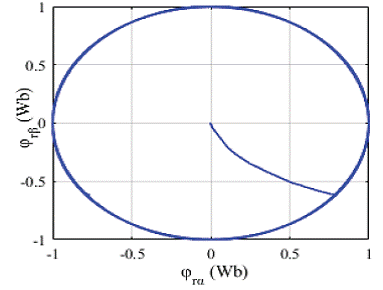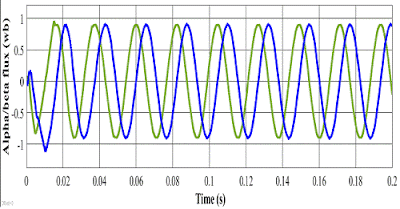ABSTRACT:
This
paper proposes a new single-phase five-level converter based on switched
capacitor technique. The capacitor charging in the proposed converter is
carried out in a self-balancing form which does not need closed-loop
modulations or additional balancing circuits. The proposed topology is a
voltage booster without using end side H-bridge for changing load voltage
polarity. So, switching losses and total voltage stress of semiconductor
components reduce in the proposed converter. The performing modes of the
proposed topology, its modulation scheme, capacitors’ balancing analysis,
capacitance and loss calculations, and also the development of the proposed
converter for enhancing the quality of output voltage waveform are discussed in
depth. Moreover, the comparison of the proposed structure with the other
multi-level topologies shows that the proposed converter can reduce the number
of semiconductor elements and the required isolated DC sources. Finally, the
simulation and experimental results validate the appropriate performance of the
proposed converter.
KEYWORDS:
1. Power conversion
2. Multilevel converter
3. Switched capacitor technique
4. Self-balancing
5. Phase disposition pulse width modulation technique
SOFTWARE: MATLAB/SIMULINK
PROPOSED DIAGRAM:
Fig. 1. Circuit arrangement of the proposed converter (VLoad = Va-Vb)
Fig. 2. Simulation results, (a) output waveforms with resistive load (ZL=50Ω) (b) output waveforms with resistive-inductive load (ZL=50Ω+100mH) (c) capacitors’ voltage (d) output voltage THD
Fig. 3. The simulation results with sudden change in the load (a) first scenario (b) second scenario (c) third scenario
Fig. 4. The simulation results of the capacitors’ voltage, output voltage and current in diode–rectifier state with R–C load (R=120Ω, C=2.2mF)
CONCLUSION:
In
this paper, a single phase five-level switched-capacitor converter is proposed,
which is combination of a switched capacitor cell (SCC) and two half-bridge
cell (HBC). The capacitors’ charging in the proposed topology is carried out in
self-balancing form and the charging time is independent of the load. The main
idea of the proposed configuration is to reduce the number of power devices
along with boosting capability. Compared to other five-level converters, the
proposed topology reduces the number of DC power supplies, semiconductor
switches, diodes, size and cost of the system. Simple configuration, easy
control and voltage booster are the main benefits of the proposed converter.
Operational modes of proposed topology and its modulation strategy, capacitors’
charging analysis and voltage stress of the switches, capacitance and power losses
calculations are presented in depth. Finally, the operation and performance of
the proposed converter are verified with experiments on a 5-level prototype.
REFERENCES:
[1] L. G. Franquelo, J. Rodriguez, J. I. Leon, S. Kouro, R. Portillo, and M. A. M. Prats, "The age of multilevel converters arrives," IEEE Industrial Electronics Magazine, vol. 2, pp. 28-39, 2008.
[2] F. Gao, "An Enhanced Single Phase Step-Up Five-Level Inverter," IEEE Trans. Power Electron., vol. PP, pp. 1-1, 2016.
[3] C. H. Hsieh, T. J. Liang, S. M. Chen, and S. W. Tsai, "Design and Implementation of a Novel Multilevel DC-AC Inverter," IEEE Trans. Ind. Appl., vol. 52, pp. 2436-2443, 2016.
[4] A. Nabae, I. Takahashi, and H. Akagi, "A New Neutral-Point-Clamped PWM Inverter," IEEE Trans. Ind. Appl., vol. IA-17, pp. 518-523, 1981.
[5] T. A. Meynard and H. Foch, "Multi-Level Choppers for High Voltage Applications," EPE Journal, vol. 2, pp. 45-50, 1992.



































